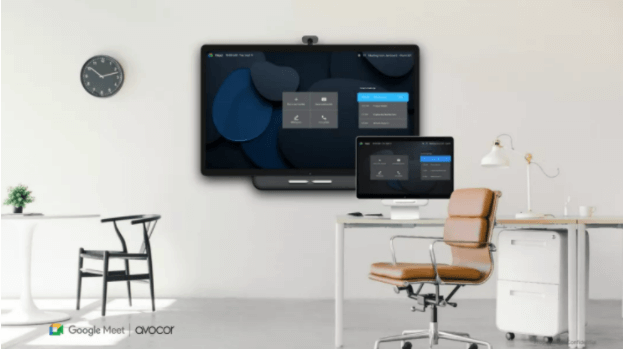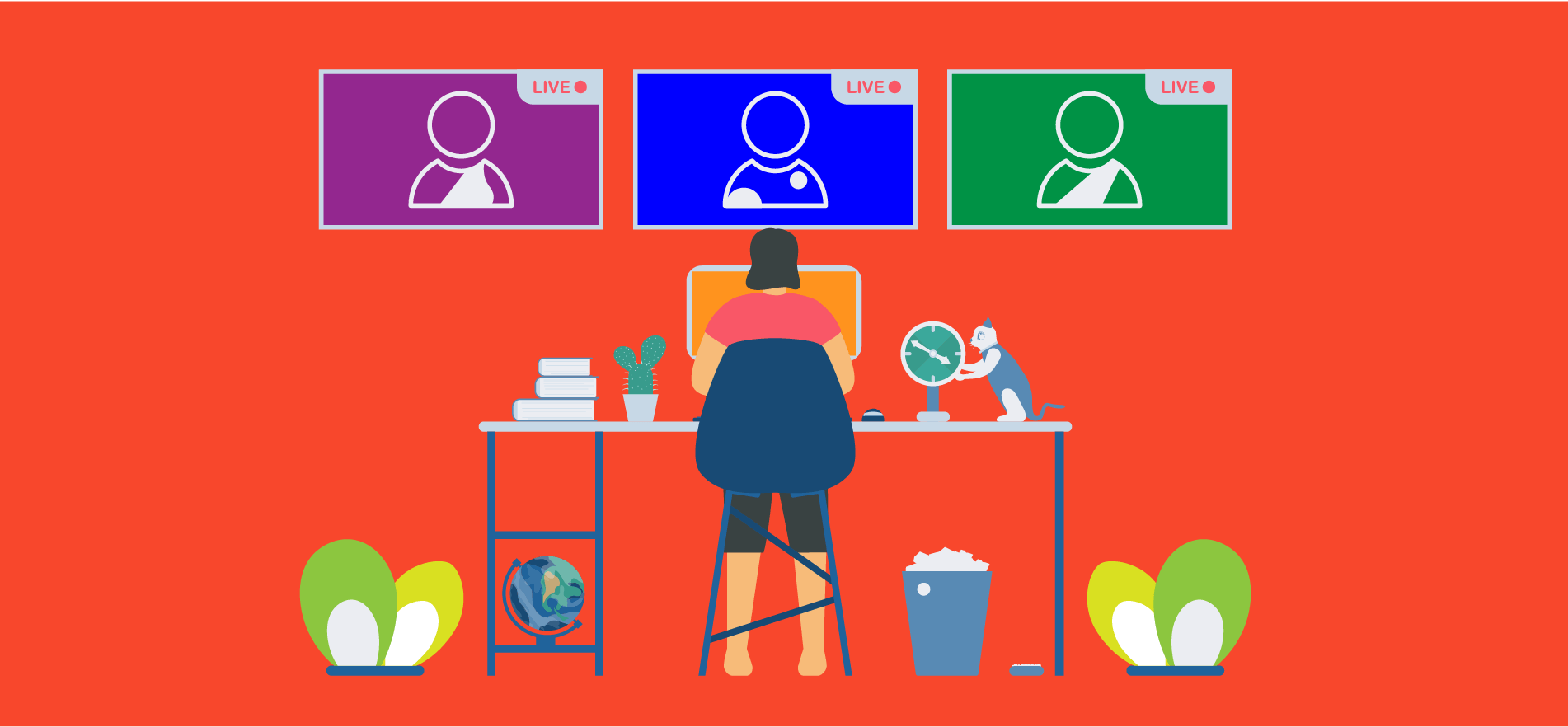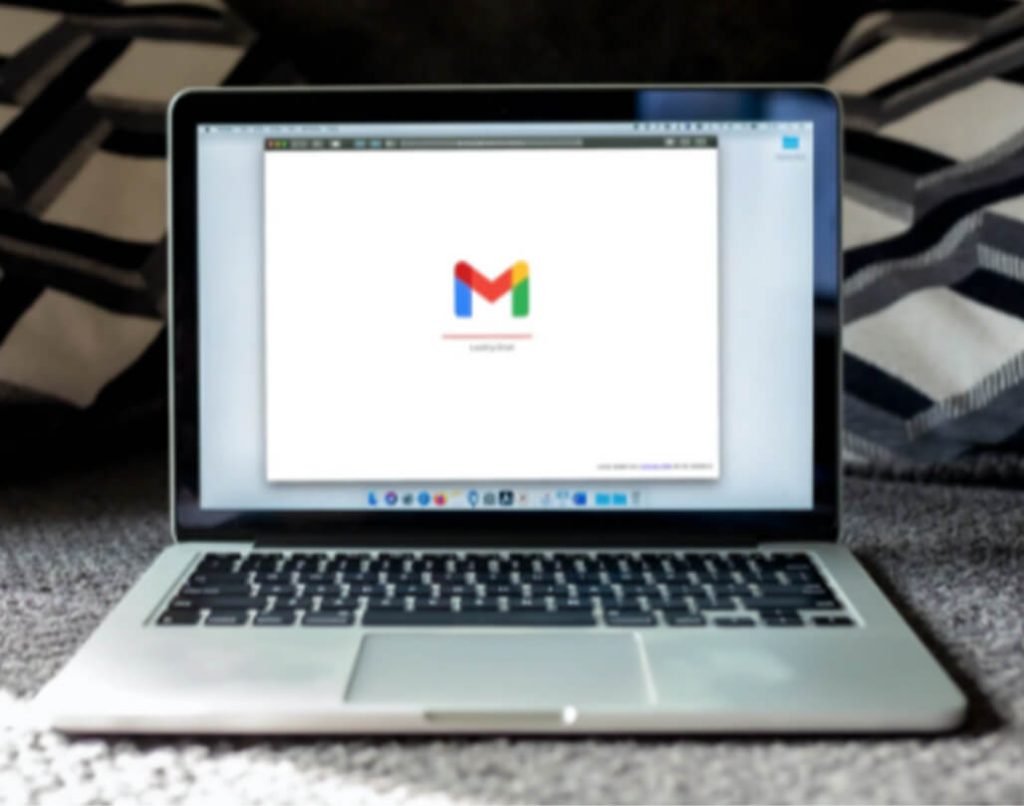
Hay un dispositivo con ChromeOS para cada necesidad empresarial
ChromeOS es un sistema operativo basado en la nube que brinda a los empleados una experiencia moderna y dispositivos que se mantienen rápidos, tienen seguridad integrada, se implementan rápidamente y reducen el costo total de propiedad. Juntos, Google y Net Universe le brindan la solución que necesita para apoyar a la fuerza laboral moderna.
Con ChromeOS y Chrome Enterprise Upgrade, su fuerza laboral híbrida puede mantenerse productiva y segura desde la oficina, el hogar o ambos.
Los perfiles de usuario y los datos se almacenan en la nube, lo que permite a los empleados iniciar sesión rápidamente en cualquier dispositivo, acceder a sus archivos y continuar donde lo dejaron.
También puede administrar dispositivos de forma remota y establecer políticas desde cualquier lugar con la consola de administración de Google.
En Net Universe proveemos la línea completa de Chromebooks a través de nuestro shop y además nos distingue nuestra capacidad de optimizar su cadena de suministros, entregando los equipos en sus oficinas o directamente en el domicilio de cada empleado, en el tiempo adecuado y en cualquier lugar del mundo.
Más información sobre ChromeOS y Net Universe en https://www.netuniversecorp.com/google/chromeos/
AdquiEra una Chomebook en nuestro shop: https://shop.netuniversecorp.com/product-category/chrome-devices/


















